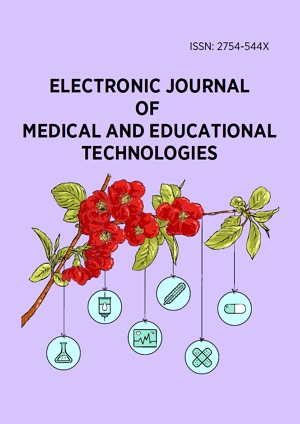Abstract
Background: Healthcare professionals’ adoption of telemedicine is mainly influenced by their knowledge and perception of its benefits. This study was aimed at investigating the knowledge and perceived benefits of telemedicine and online medical consultation among healthcare professionals.
Materials & methods: A cross-sectional survey conducted among health professionals at Adeoyo Maternity Hospital, Ibadan, Nigeria. Data was collected from 250 respondents using a semi-structured questionnaire through a multi-stage sampling technique. SPSS version 26.0 was used for analysis. Spearman rho correlation was used to check the association between knowledge and perceived benefit at p-value ≤0. 05.
Results: Respondents mean age was 38.7±9.2 years. 34.4% had at least 16 years of experience, 34.0% had master’s degree. The mean knowledge score was 9.9±1.7, 91.6% had good knowledge. Level of education, years of experience and ownership and efficiency in use of computer were the major factors influencing knowledge on telemedicine and online consultation. Knowledge of telemedicine and online consultation was positively with perceived benefit (p=0.024, rs=0.142).
Conclusions: Knowledge is a significant determinant of perceived benefit of telemedicine and online consultation.
License
This is an open access article distributed under the Creative Commons Attribution License which permits unrestricted use, distribution, and reproduction in any medium, provided the original work is properly cited.
Article Type: Original Article
ELECTR J MED ED TE, 2024, Volume 17, Issue 1, Article No: em2403
https://doi.org/10.29333/ejmets/14300
Publication date: 27 Feb 2024
Article Views: 262
Article Downloads: 1841
Open Access References How to cite this article
 Full Text (PDF)
Full Text (PDF)